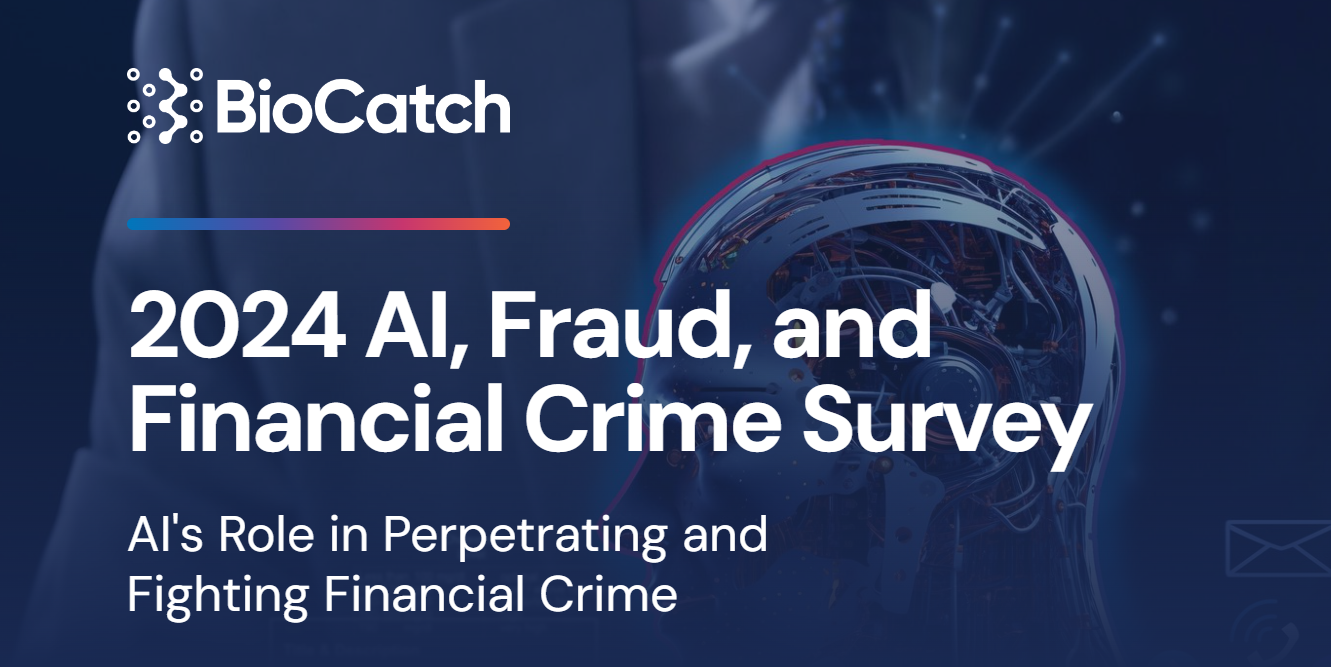
As the digitalization of the financial services industry accelerates, cybercriminals are increasingly leveraging advanced technologies, particularly AI, to carry out financial fraud. According to BioCatch's 2024 AI, Fraud, and Financial Crime Survey, the widespread adoption of digital banking during the pandemic has exposed financial systems to greater risks and provided more opportunities for threat actors. AI technology has not only significantly lowered the technical barriers for committing crimes but has also increased the precision and success rate of fraud.

AI’s Contribution to Financial Fraud
The report reveals that over 56% of respondents observed an increase in financial crime activity over the past year. Payment fraud, credit card fraud, and identity theft have emerged as the most common types of financial fraud. Among them, synthetic identity fraud has shown especially rapid growth, being recognized as one of the fastest-growing types of financial crime. This type of fraud involves creating fictitious or composite identity information to apply for credit cards, open new accounts, and engage in borrowing or money laundering activities. Alarmingly, traditional fraud detection models have been largely ineffective at identifying the majority of synthetic identities.

The report notes that nearly 70% of respondents believe that criminals are becoming more skilled at using AI to perpetrate financial fraud. Through AI-powered voice cloning, fraudsters can mimic the voices of legitimate users to bypass identity verification, circumventing traditional security measures. Consequently, 91% of respondents indicated that their organizations are re-evaluating the use of voice verification technologies.
Furthermore, the use of AI in synthetic identity fraud is becoming increasingly widespread. More than 70% of companies detected synthetic identities during the onboarding of new customers last year, with most of these synthetic identities evading detection by traditional fraud tools. This enables criminals to hide within the financial system under false identities and use sophisticated techniques to avoid detection.
The Importance of Behavioral Biometrics in Fraud Prevention
In response to the increasingly complex methods of fraud, financial institutions are turning to more advanced defense technologies. Behavioral biometric intelligence has emerged as an effective tool for fraud prevention. This technology analyzes users' online behavior, device information, geolocation, and other factors, combined with AI models, to identify and categorize potential fraudulent activity. Behavioral biometrics can not only capture normal user operation patterns but also detect anomalies, such as unusual application flow smoothness or data handling familiarity—often indicative of fraud.
Financial institutions are leveraging behavioral biometric technology to gain insights that traditional fraud prevention tools cannot provide, allowing them to effectively differentiate between legitimate users and cybercriminals. By applying AI technologies, they can proactively identify threats and protect customers while fostering long-lasting trust.
The report also highlights that financial institutions need to share behavioral biometric intelligence more broadly and work closely with regulatory bodies to effectively combat the wave of financial crime driven by AI. In the future, banks and financial institutions will need to continually enhance their technological capabilities to address the challenges posed by AI and safeguard their customers' assets.


